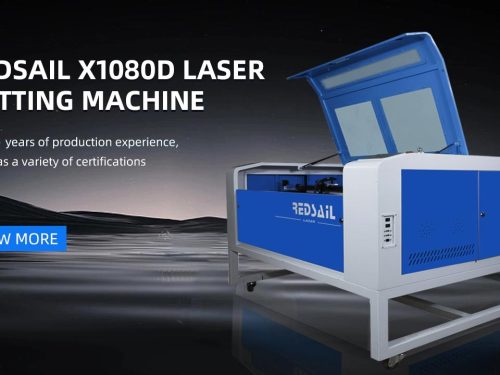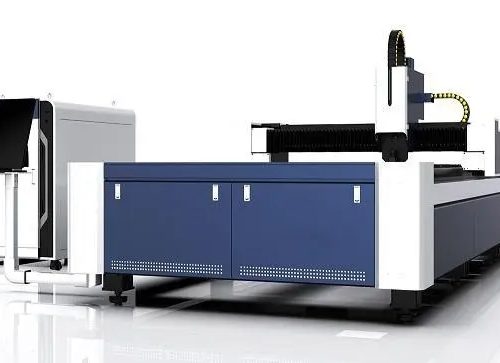
Choosing a laser depends on five factors
Laser is the heart of laser equipment and plays a decisive role in the quality of laser cutting. A good laser should have ideal mode, stable power, and other factors. There are many types of lasers, and they can be defined differently from different perspectives. According to the excitation medium, it can be roughly divided into solid state lasers and gas lasers, which use different solids or gases as the medium. Currently, the mainstream lasers used for laser cutting are. Using carbon dioxide lasers, it is relatively easy to obtain ideal laser modes and higher energy, coupled with stable performance and short downtime, making them widely used in cutting various materials. How to select a laser depends on the following five elements:
1: Incentive mode. Carbon dioxide lasers use electrodes to excite carbon dioxide gas to generate lasers, which can be divided into DC excitation and RF excitation according to the installation position of metal electrodes.
2: Beam divergence angle. Strictly speaking, the beam divergence angle is not part of the laser section, but because the mode of the laser has a significant impact on the far field divergence angle, we will discuss it here. The impact of beam divergence angle on cutting quality is reflected in the width and slope of the cut. The smaller the divergence angle, the narrower the cut width, the smaller the slope, and therefore the higher the quality.
CO2 laser tube manufacturer direct sales
3: Laser frequency. The laser output is divided into pulse output and continuous output. The laser used for cutting and welding mainly adopts pulse output mode. The pulse frequency mainly affects the cutting speed and notch roughness. To achieve high-speed cutting, high frequency is essential. Currently, the frequency of carbon dioxide lasers produced by most manufacturers is within 5000 Hz.
4: Laser mode. Is one of the most important indicators to measure laser quality. It can be divided into single mode, fundamental mode, and multimode. The base mode is a TEM00 mode, and its exponent on both the X and Y axes is 0, so it is an ideal dot. Using a TEM00 mode laser can obtain the smallest beam diameter, and achieve the smallest slit and faster cutting speed due to its small light spot in cutting processing. However, multimode mode has a non zero index in the XY direction, and its beam quality is poor. Generally, it is only used for welding rather than cutting.
5: Laser power. Including peak power, energy stability, and other factors. Different powers can cut through different thicknesses in the cutting of metal plates. Taking a 150W CO2 laser as an example, it can cut acrylic plates within 20mm or knife templates within 18mm; CO2 lasers below 90W can only cut acrylic panels below 12mm and wood panels below 8MM. Another indicator of power is power stability. Stable power is a guarantee of excellent cutting quality. Only when power is stable can the smooth and smooth cutting edge be maintained.
In addition, in the process of using lasers, long-term production is also a very important test for lasers. Due to electrode ablation, the power of a DC excited laser decreases under long-term operating conditions. In addition, because some laser vacuum pumps and turbine pumps use lubricating oil for lubrication, resulting in lubricating oil contaminating the laser resonator, which shortens the life of the laser. Therefore, it would be best if you could allow your machine to rest after working for a period of time.










